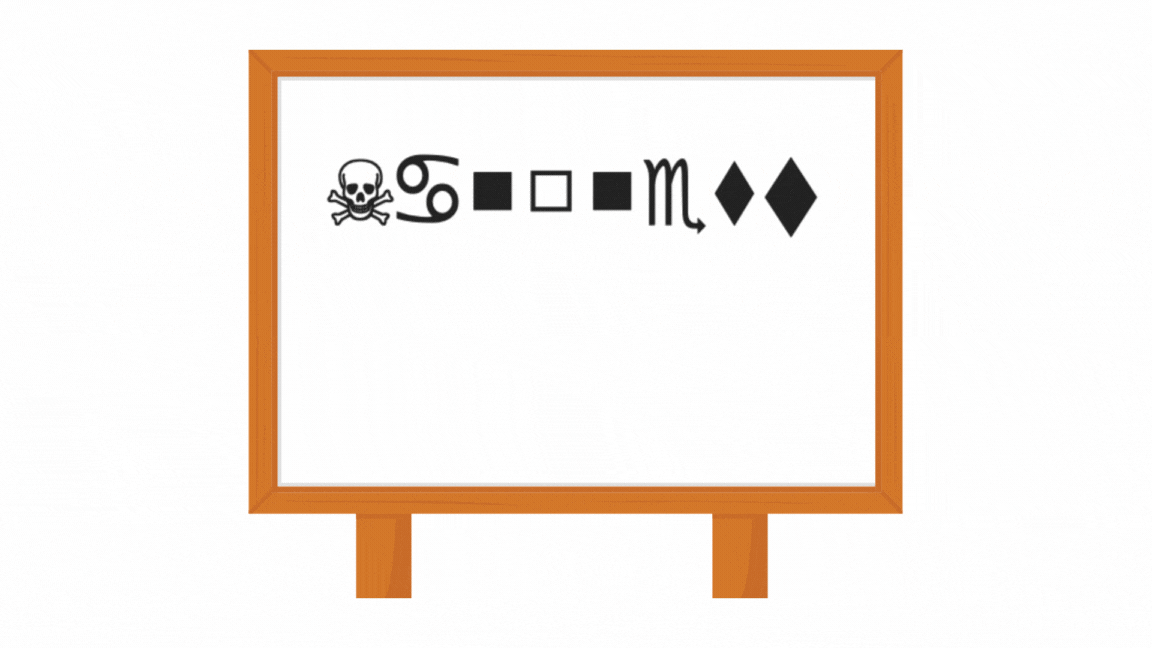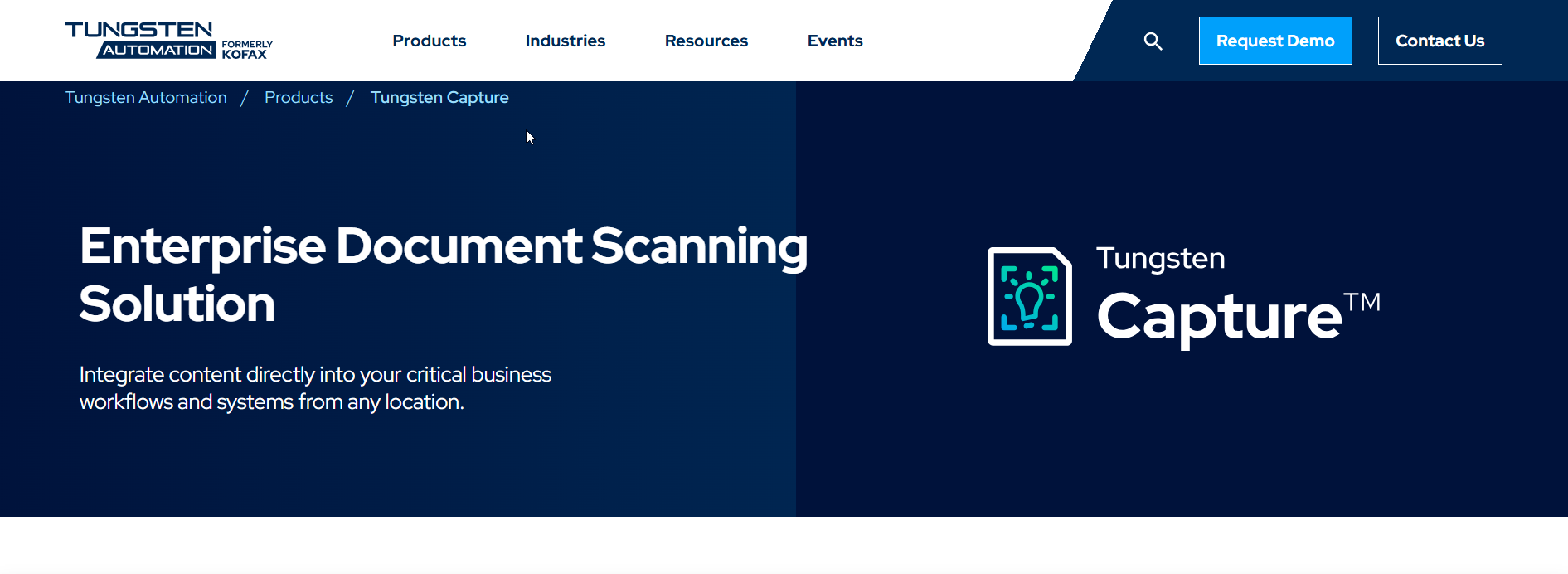
Why is it Important to Reconcile your Bank Account?
Reconciliation is a crucial accounting process that ensures the accuracy of the financial close process. It ensures that the money credited or debited in your bank account matches the money being expended or made.
Reconciling the bank statement involves comparing the company's internal financial records or ledger to the bank statement received via the bank. Bank reconciliation is essential since it helps in the early detection of fraud, prevents financial statement errors during manual data entry, and provides a clearer picture of the company's finances.
Key takeaways:
- Bank reconciliation is the transaction matching of your records against the bank statement.
- Bank reconciliation is done to spot differences between the two records, verify the transaction amounts, and make the necessary adjustments.
- In discrepancies, the finance controller must be involved in further investigation.
- Bank reconciliation can help ensure the company's accurate financial reporting when done regularly.
Bank Reconciliation Definition
Bank Reconciliation is the process of matching each balance on the accounting records to the balance noted on the bank statement. In most cases, the balances reported on both records will differ slightly. There are several reasons why these differences occur (which we will discuss later), and bank reconciliation helps make the necessary adjustments so that the accounts align and accurate financial reporting can be achieved.
The purpose of bank reconciliation is to:
- Identify accounting errors such as duplicate payments, lost checks, and other human-made mistakes during data entry.
- Prevent fraud by flagging unrecorded transactions and prompt investigation.
- Identify bank errors like unauthorized fees and incorrect transactions recorded.
- Provide transparency into cash flows (inflows and outflows) to improve the overall efficiency of financial management. Knowing your actual financial position allows you to make informed decisions.
How Often Should You Reconcile Your Bank Statements?
Bank reconciliation should be done regularly, with the frequency depending on transaction volumes and business needs. Accounting teams should generally reconcile their bank statements at least once every month since addressing discrepancies, and errors can prove problematic if the adjustments are not made properly in time.
- Small businesses or individuals have transaction volumes on the lower end. They can benefit by reconciling their bank statements monthly.
- Large businesses have high transaction volumes, and reconciling the bank statements at the end of the month can lead to human mishaps and errors. These businesses can perform weekly or daily reconciliations to monitor cash flows and address abnormalities closely.
After the bank statement reconciliation, it is prudent to regularly check the amounts being credited and debited from the account. This will help spot fraudulent activities and flag discrepancies, if any.
How do you reconcile your bank statement?
Before we take you through the process of how to perform bank reconciliation, there are some essential terms that you should be aware of
Outstanding Checks:
These are payments that the company has sent out and recorded but have not yet been cleared by the bank. Similarly, checks received by the business but haven't yet hit the account have to be adjusted accordingly.
Cash-In Transit:
The cash might not immediately reflect in the bank account when funds are transferred via credit card payments or wire transfers. We need to make the proper adjustments here as well.
Bank interest and service fees:
Banks deduct charges for services rendered (typically relatively small), which must be adjusted accordingly for accurate reconciliation. Similarly, banks pay interest on bank accounts, which must be accommodated accordingly.
Bank reconciliation involves matching the money in the bank vs the actual cash reflected in the cashbook. Today, reconciliation is primarily automated through software to save time and money. However, let's understand the manual bank reconciliation process once:
Step 1: Gather documents
On the bank side, you need the bank statements, outstanding checks, deposits, and any pending transactions. On the company side, you require the company's cashbook, which records both incoming and outgoing transactions.
Step 2: Match deposits
Following double-entry accounting, a debit in the bank statement is recorded as a credit in the cashbook, and vice versa. Match the deposits in the two statements.
Note: Bank and cashbook balances are generally not expected to match due to pending transactions, such as outstanding checks or deposits in transit. They have to be adjusted as shown in the following steps.
Step 3: Adjust bank balance
The discrepancy in the two balances has to be identified and checked on an individual transaction basis. Bank statements must be adjusted by adding pending deposits (deposit-in-transit) and deducting pending outgoing checks (outstanding checks). The logic here is:
Bank Balance + Deposits-in-transit - Outstanding Checks = Adjusted Bank Balance
Step 4: Adjust cashbooks
The cashbook balance needs adjustment for bank service fees, accrued interest, and rejected checks (NSF Checks). The logic here is:
Cashbook Balance + Interest - Bank Fees - Rejected Checks = Adjusted Cashbook
Step 5: Compare Balance
After adjustment, the bank balance and cashbook should match. If they are not equal, there is an error in the reconciliation process. Any unwarranted expenses or missing income should be investigated and accounted for during the reconciliation process.
Bank Reconciliation Process
Implications of Failing to Reconcile Your Bank Statement
Several issues may arise if the differences between your records don't match.
Inaccurate Financial Reporting:
The accounting team cannot accurately reflect the company's cash position without regular reconciliations. This can lead to poor financial decision-making, incorrect financial statements, and errors during the tax filing process.
Poor Cash-Flow Management:
Unresolved discrepancies can cause issues in the company's cash flow. Without this insight, accounting teams might ignore missed payments, outstanding invoices, etc.
Increased Risk of Fraud:
Let's say you are trying to reconcile your bank statement by checking the transactions on the credit card statement against the receipts. You might ignore these transactions if there are no paper receipts because the transaction amounts are low. However, if you are diligent, you may dispute the quantities with the credit card company and learn that the credit card information was revealed and that a criminal is making the charges. In this case, you were able to detect fraud and cancel the credit card because of the reconciliation practice.
Costly Errors:
Overstatements or understatements of revenue, expenses, or assets due to unreconciled accounts can lead to inflated earnings, incorrect tax filings, and financial penalties.
In summary, neglecting to reconcile your bank statements regularly can result in inaccurate financial records, cash flow problems, increased fraud risk, reputational damage, and costly accounting errors. Performing timely reconciliations is an essential internal control to maintain the integrity of your financial data.
Leverage Nanonets for Bank Statement Reconciliation
Staying on top of reconciling your bank statement regularly can be challenging yet critical for accounting teams worldwide. The bank statement reconciliation practice is highly manual and doesn't scale well when the volume of transactions and the frequency of reconciliation increase.
To address this problem, Nanonets has developed an automated reconciliation software solution that helps with adequate and accurate reconciliations and scales with the increased volume of transactions.
To learn more about our solution, you can check our product offering at Nanonets Automated Reconciliation or schedule a call with our reconciliation expert today.




